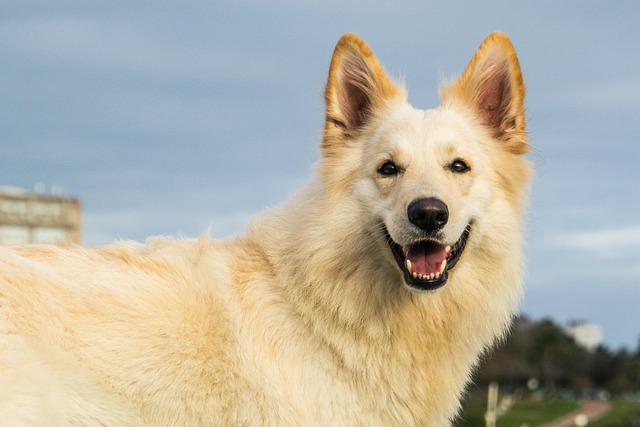
How do i train my dog to be obedient?
Watching your dog dart across the park ignoring your calls isn’t just frustrating—it can put them at risk near busy streets or public spaces.
That distressing gagging sound when your 12-week-old Labrador lunges toward a squirrel isn't just unsettling – it risks permanent trachea damage. Veterinary science and modern training standards overwhelmingly favor front-clip harnesses for puppies, especially during the critical 8-16 week socialization period. Puppies have delicate tracheas easily injured by collar pressure, and zero leash manners. A quality harness distributes force across the sturdy chest instead of the throat, preventing injury while enabling gentle guidance. Reserve collars for holding legally required ID tags, but always attach the leash to a harness during training.
Front-clip designs (like Ruffwear Front Range) use physics, not force: when your puppy pulls, the harness gently turns their body sideways. This protects against collapsed tracheas (common in small breeds like Yorkies) and spinal injuries while aligning with positive reinforcement ethics. Start indoors: let your puppy wear the harness during meals for several days. Practice clipping the leash in your apartment hallway, rewarding calmness with chicken bits. Always use a 6-foot flat leash – retractables teach pulling by rewarding tension. For city dwellers, harnesses prevent lunging toward neighbors in tight spaces and reduce elevator door-dashing risks.

Crucially, compliance walks alongside training. Your puppy’s collar must display current rabies tags beneath the harness at all times – legally required nationwide even for quick potty breaks. Always carry EPA-rated biodegradable bags clipped to your harness D-ring; fines exceed $300 in cities like Chicago for uncollected waste. Respect local leash-length limits (typically ≤6 feet) in public spaces. If your puppy barks at passersby, step sideways while feeding treats – never jerk the leash backward.
Advanced collars like martingales may suit older puppies (6+ months) with mastered leash skills, but harnesses remain essential for heatwaves (swap to breathable mesh) or if escape attempts occur. Persistent pulling despite proper gear? Could indicate pain or insufficient exercise. Remember: tools enable training but don’t replace it. Daily 5-minute loose-leash drills with high-value rewards build lifelong skills while respecting your puppy’s development and community safety.

Watching your dog dart across the park ignoring your calls isn’t just frustrating—it can put them at risk near busy streets or public spaces.

New puppy owners often find themselves rushing to clean up accidents before they set in, and that’s where puppy pad training becomes a game-changer.

If you've noticed your dog's waistline disappearing and your veterinarian has mentioned those few extra pounds, your first instinct might be to simply reduce the amount of food in their bowl.

Training a dog to use a designated spot indoors isn’t as daunting as many new owners fear, but it does take consistency and an understanding of your pet’s needs.

That moment of dread on a walk is all too familiar for many new dog owners. You see another dog approaching down the sidewalk of your neighborhood

If the sight of another dog on your neighborhood walk makes your heart sink as your own dog erupts into a frenzy of barking and lunging, you're not alone.